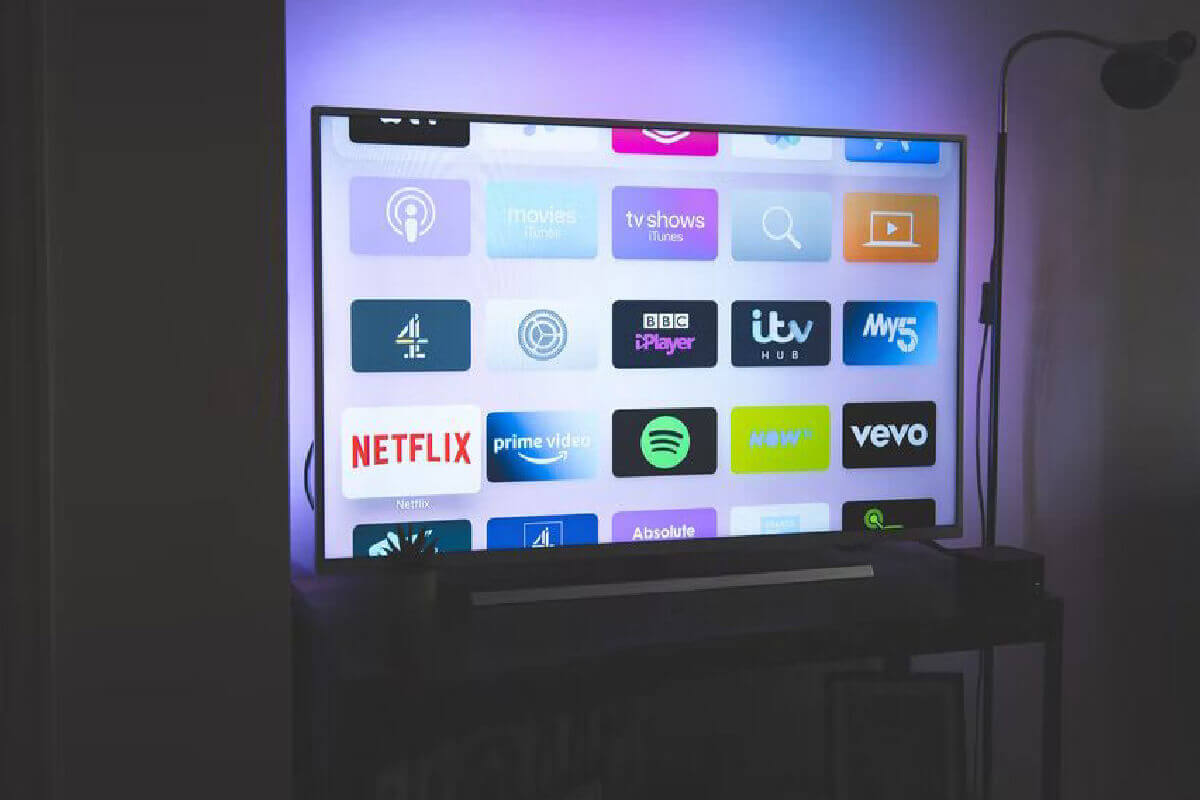The consumer perspective
The rise in the cost of living is causing consumers to find ways to cut back unnecessary costs in every aspect of their lives. Despite streaming services being almost a ubiquitous essential for households, consumers appear to be re-evaluating just how much they’re spending each month on these services. In the UK, Netflix remains the market leader with an estimated 14m subscribers, followed by Prime Video on 11.9m and Disney+ at 4.8m. But, more than 1.5 million subscriptions were cancelled in the beginning of the year, leading some of the most popular services to plan how they can prove themselves as a must-have for cash-strapped households in a heavily competitive market. In tandem with budget concerns, payment options and content offers seem to be the deciding factors for discerning consumers.
So, what strategies are the top 3 streaming giants utilising? Read on to find out.
Ad-funded subscription plans
It seems like one strategy will be implemented across the board. Available within Prime Video but offering different content, Amazon’s ad-funded service Freevee, which was rebranded from IMDB TV last month, has inspired others to follow suit. Netflix and Disney Plus have also stated that they are set to launch an ad-funded subscription tier later this year to attempt to reignite growth. This means consumers will have the option of watching ads for a slightly cheaper payment plan, which is great for streamers on a budget but also a very smart way of boosting subscribers quickly.
Netflix recently implemented a second round of UK price increases within 18 months, raising standard and basic monthly subscriptions by £1 and recently reported to have lost 200,000 more paying customers than it gained in the first three months of the year, and it predicts it’ll lose another 2 million customers in the second quarter. With a price point much higher than their competition, Netflix is aware its content offer has to be enticing enough.
Content offers
Moving forward from this uncertain time, Netflix will be focusing on releasing bigger and better titles at a slower, more thoughtful pace. A Netflix insider commented:
“The goal will be to make the best version of something instead of cheapening out for the sake of quantity.”
With 100,000 titles to buy or rent as well as offering subscriptions to partner video channels such as reality TV streamer Hayu, Amazon Prime Video offers a range of avenues into its content. Recently announcing their £1billion investment on TV, movie and live sport content in the UK, they have shown their commitment to their UK audiences by leasing its first permanent studio space in the UK at Shepperton Studios, where Netflix also has a deal, and making the surprise decision to move shooting of the upcoming Lord of the Rings series from New Zealand to the UK. Similarly, a steady stream of UK football docuseries has received immense numbers of viewers, as detailed in our previous mailer.
7.9 million Disney+ subscribers were added in the last quarter, suggesting that they may be positioned to take a lead in the cut-throat race to the top in streaming. Their strong brand identity and access to endless movie franchises was strengthened even more earlier this year, when they ended a customer’s licence agreement for film and television content with Netflix, in order to use Marvel shows on its own streaming services. Disney+’s frequent stream of new titles with huge fandoms has proved to be a major draw for audiences, but will this be enough to prove itself as the must-have streaming service?
As the purse-strings tighten, we expect that consumers will be forced to make ever more difficult choices, which could come at the expense of media streaming services. The industry’s leading players will need to adapt, either through budget saving payment deals, new subscription plans, or greater, high quality content. We will be keeping a close eye on how these strategies evolve over the year, but which would draw you in more?
MTM team
10th June 2022



